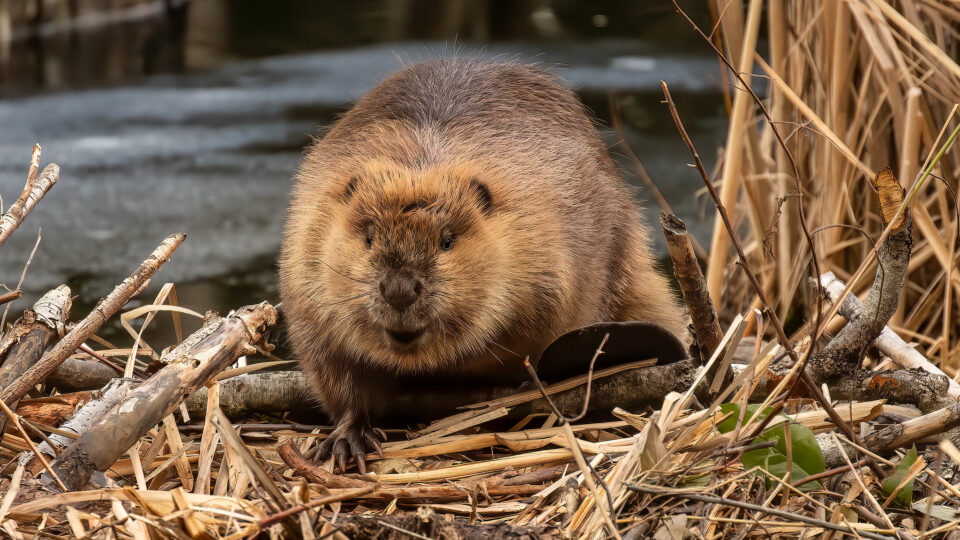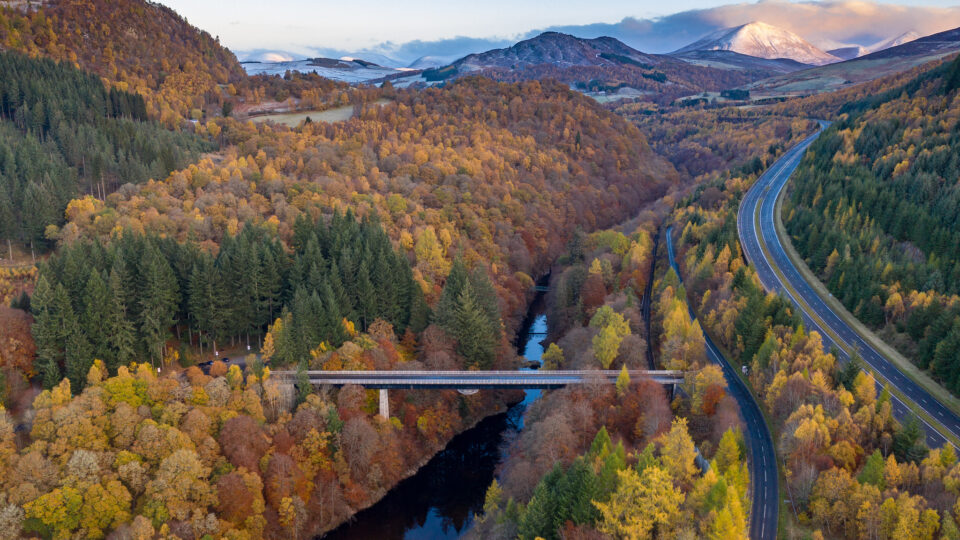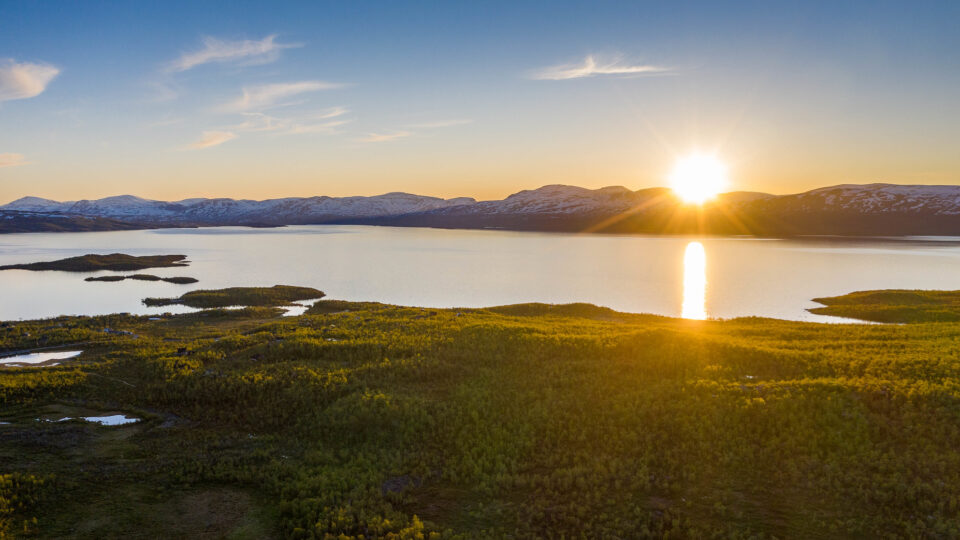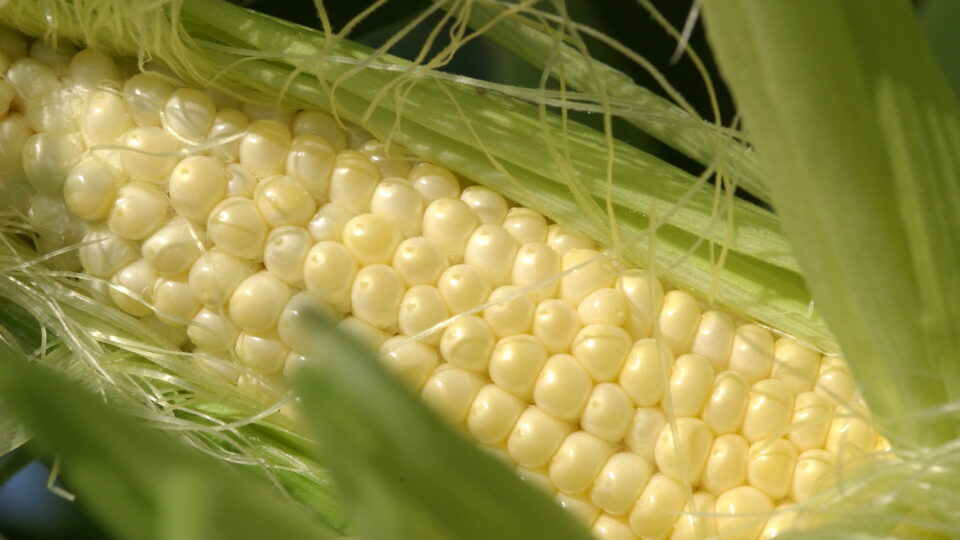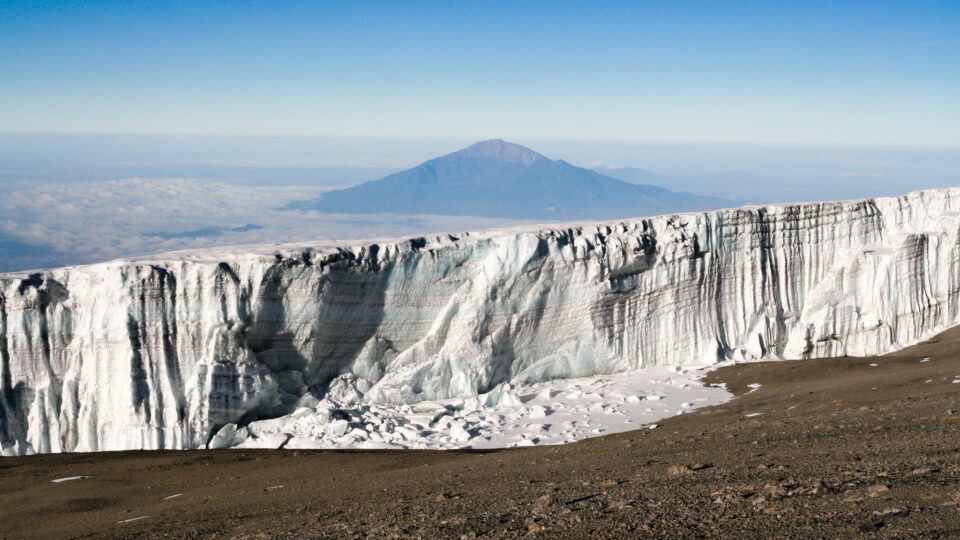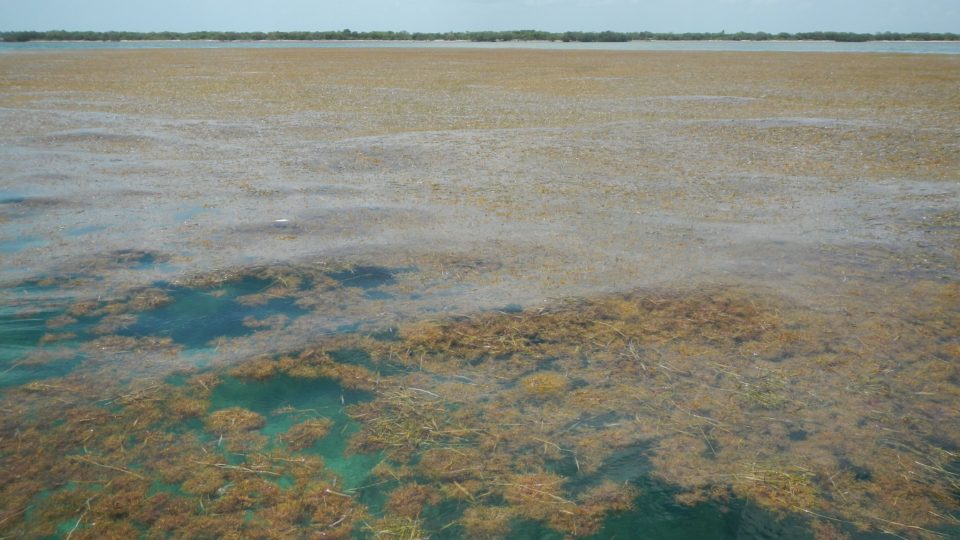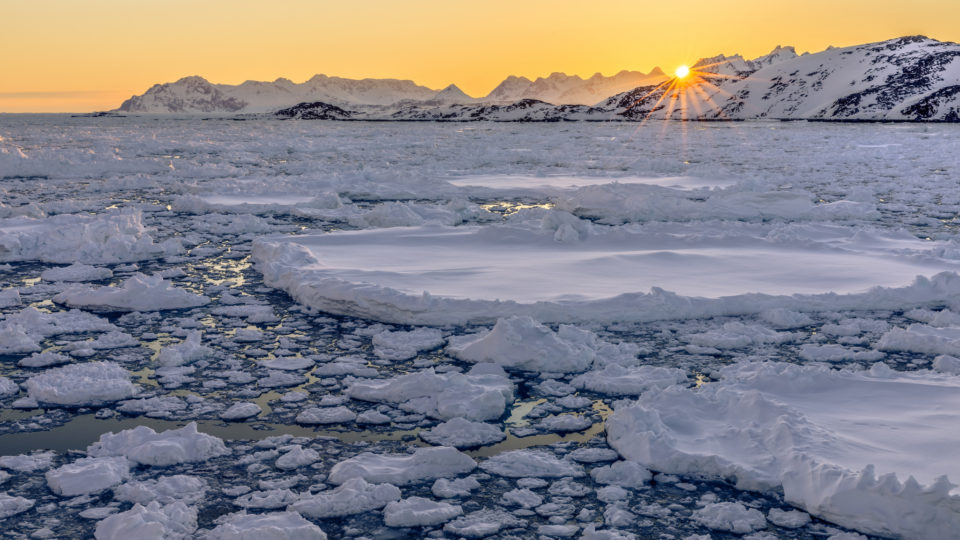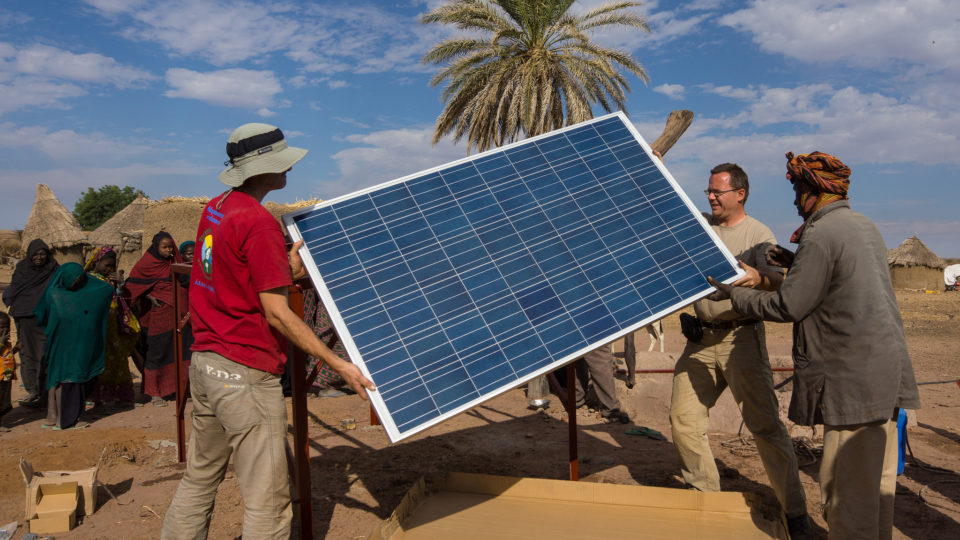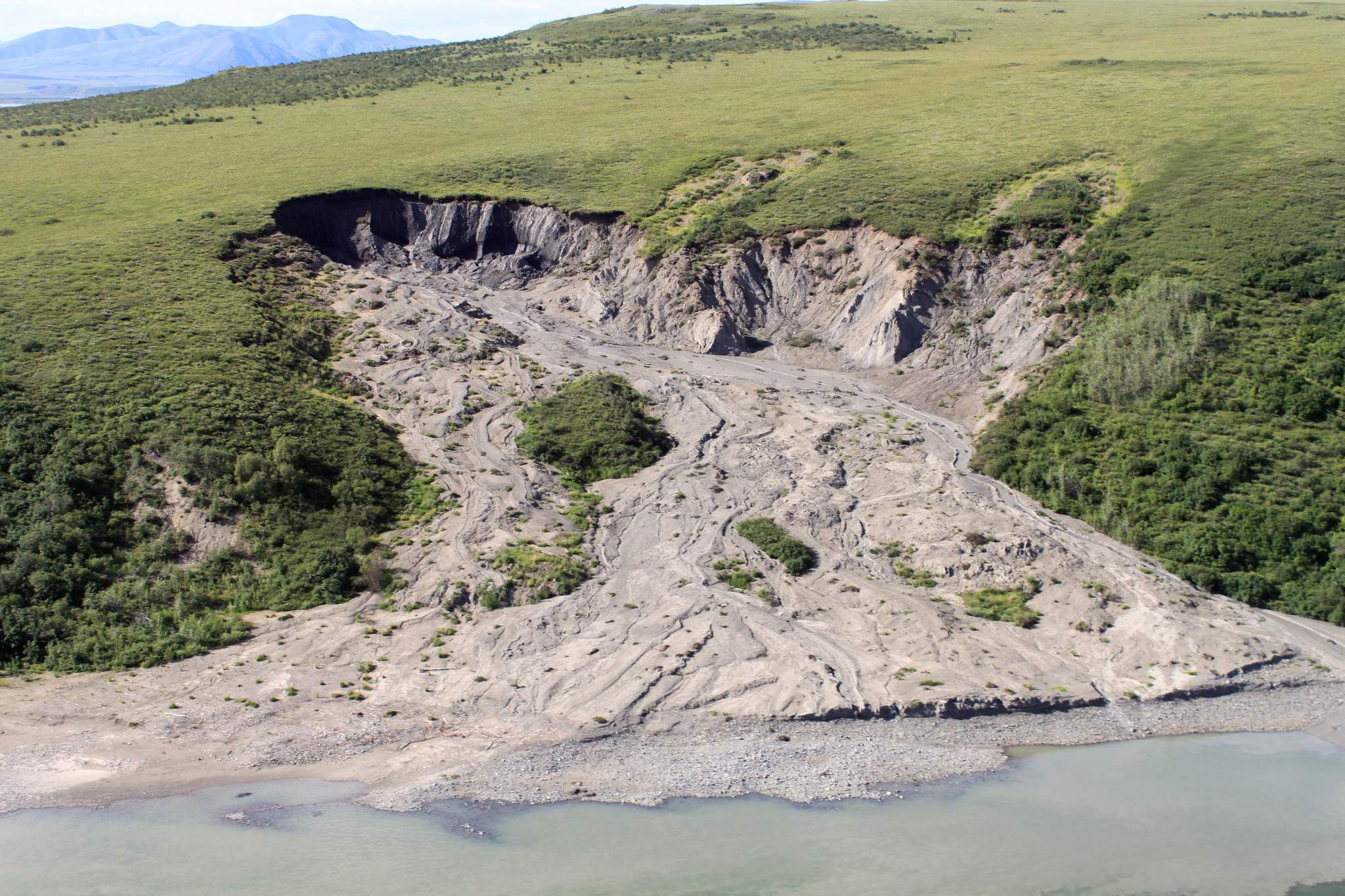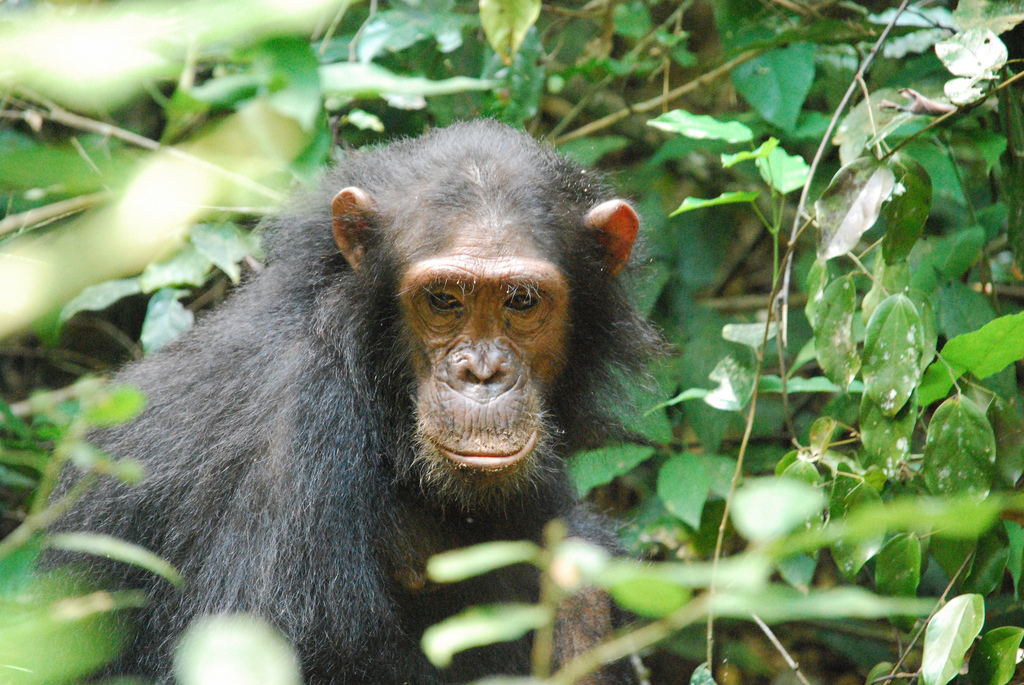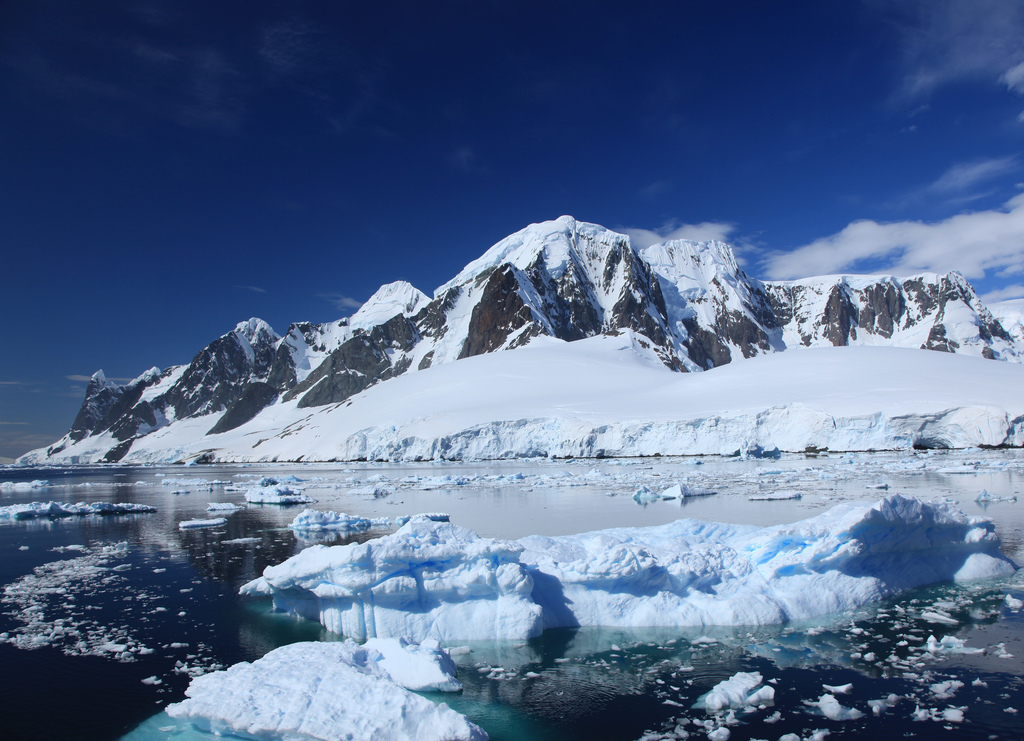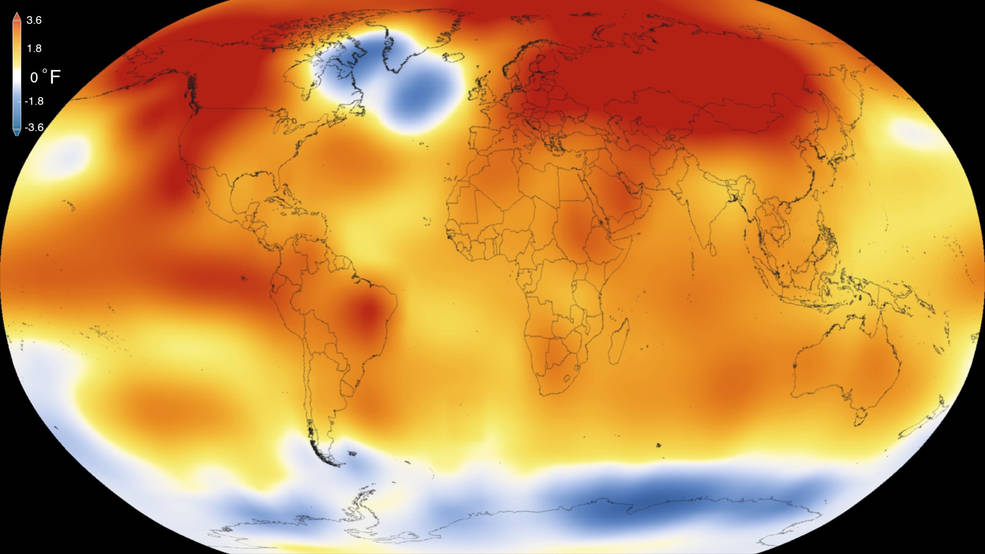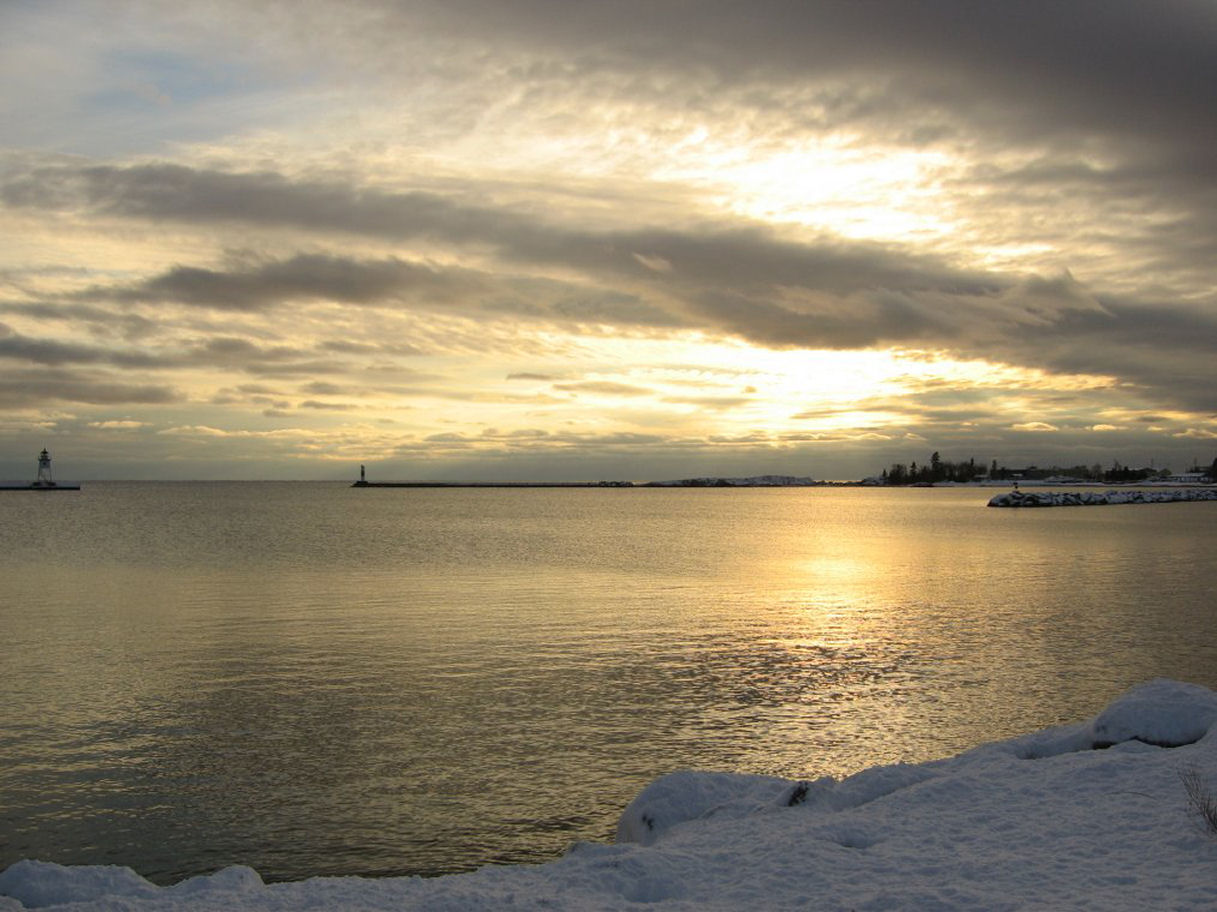Antarctica’s winter came to a close in September and during that month, the continent reaches its maximum amount of sea ice that grows during the darkest and coldest months. This year, that maximum occurred on September 10th and turned out to be the lowest on record.
The sea ice around Antarctica reached a maximum extent of 6.5 million square miles according to NASA researchers. That was nearly 400,000 square miles below the previous record low set in 1986.
There are several possible causes for the meager growth of Antarctic sea ice this year. It may be a combination of several factors including El Niño, wind patterns, and warming ocean temperatures. Recent research indicates that ocean heat is most likely playing an important role in slowing ice growth in the cold season and enhancing ice melting in the warm season.
The record-low ice extent so far this year is a continuation of a downward trend in Antarctic sea ice that has gone on since the ice reached a record high in 2014. Prior to that year, the ice surrounding the southern continent was actually increasing slightly by about 1% every decade.
Meanwhile, Arctic sea ice reached its minimum extent in September and it was the sixth-lowest level in the satellite record. Scientists track the seasonal and annual fluctuations of polar sea ice because they shape polar ecosystems and play a significant role in global climate. Sea ice melting at both poles reinforces global warming because bright sea ice reflects most of the Sun’s energy back to space while open ocean water absorbs 90% of it.
**********
Web Links
Antarctic Sea Ice Sees Record Low Growth
Photo, posted June 30, 2023, courtesy of Pedro Szekely via Flickr.
Earth Wise is a production of WAMC Northeast Public Radio


